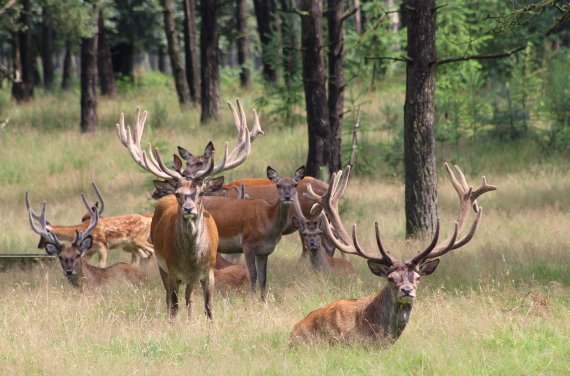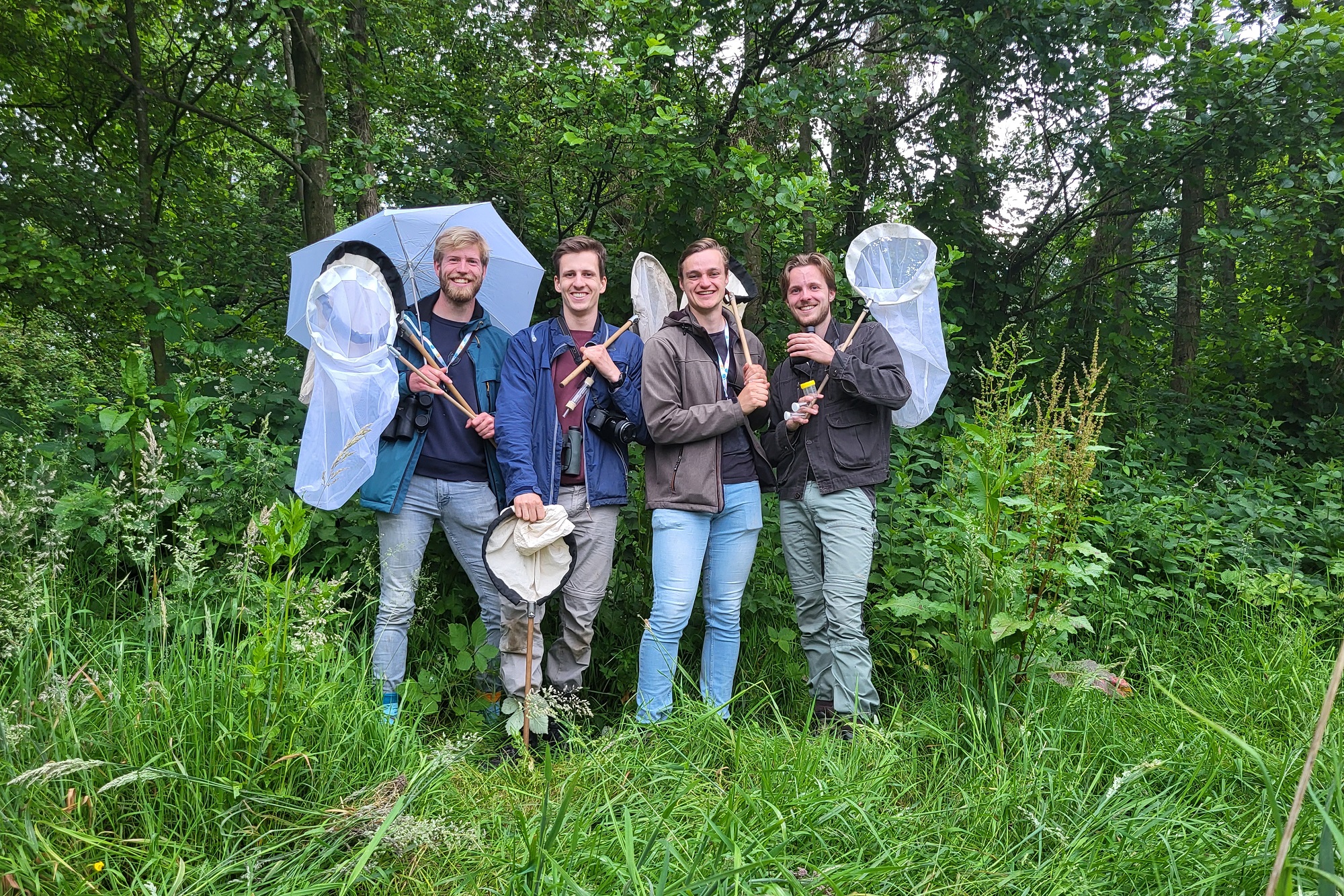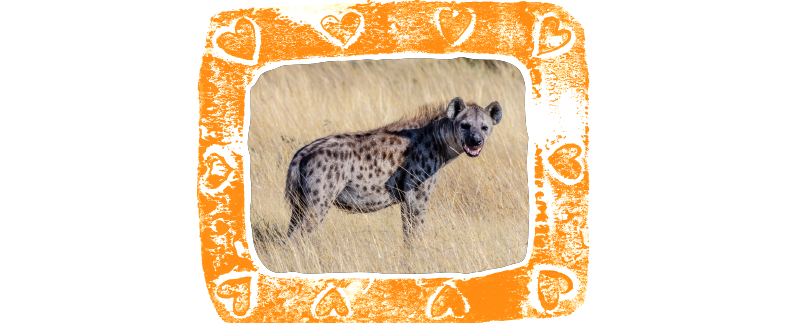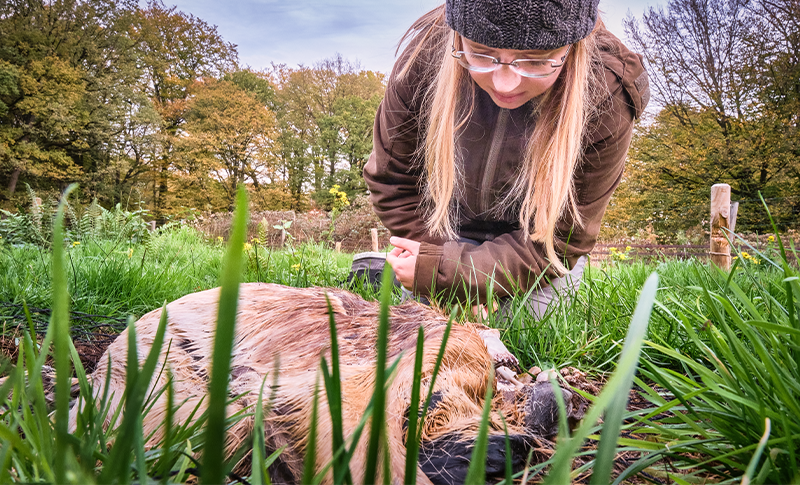Wild hoofed animals such as wild boar and deer are favourites with leisure-seekers but they modify the forests of the Dutch Veluwe plateau in undesirable ways, found doctoral researcher Juan Ramirez Chiriboga. He got his PhD on 10 October for research supervised by Lourens Poorter, professor of Forest Ecology and Forest Management.
‘Wild ungulates modify their environment by trampling and rootling, grazing on leaves and bark and rubbing against tree trunks,’ says Ramirez Chiriboga. In a lot of mixed forests, with deciduous and coniferous trees growing side by side, the populations of red deer, roe deer and wild boar are growing apace.
The preference for deciduous leaves leads to a shift towards coniferous forest
Ramirez Chiroboga studied how these animals have changed the mixed forests of the Veluwe in the past 33 years. He studied woodland areas of different ages that were closed off or accessible to wild hoofed animals. He also made use of camera traps.
What came out of his research was that hoofed animals have a minimal impact in the short term. The long term is another matter, though. The preference for juicy, easily digestible leaves from deciduous trees reduces undergrowth and causes a shift towards coniferous forest. In fenced areas that are inaccessible to hoofed animals, there is much greater diversity. The layer of leaf litter on the forest floor is also thinner where there are hoofed animals.
Besides the immediate consequences, Ramirez Chiriboga found evidence for a domino effect. Reduced undergrowth provides less shelter for rodents, causing a drop in the population. A thin leaf litter layer provides less space and food for invertebrate soil creatures such as worms, which are important in turn for releasing nutrients for plants. And the increase in coniferous forest leads to increased evaporation and thus to dehydration.
Ramirez Chiriboga recommends that park managers either protect parts of the forest against wild hoofed animals or release predators into the forest in order to restore it.

 Red deer modify the forest by trampling the ground, eating leaves and rubbing trees. Photo: Shutterstock
Red deer modify the forest by trampling the ground, eating leaves and rubbing trees. Photo: Shutterstock 

